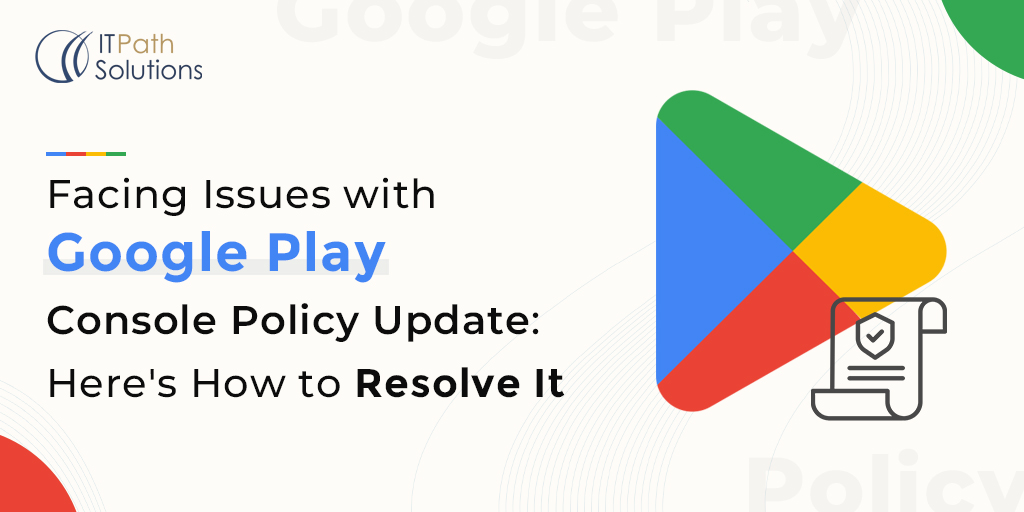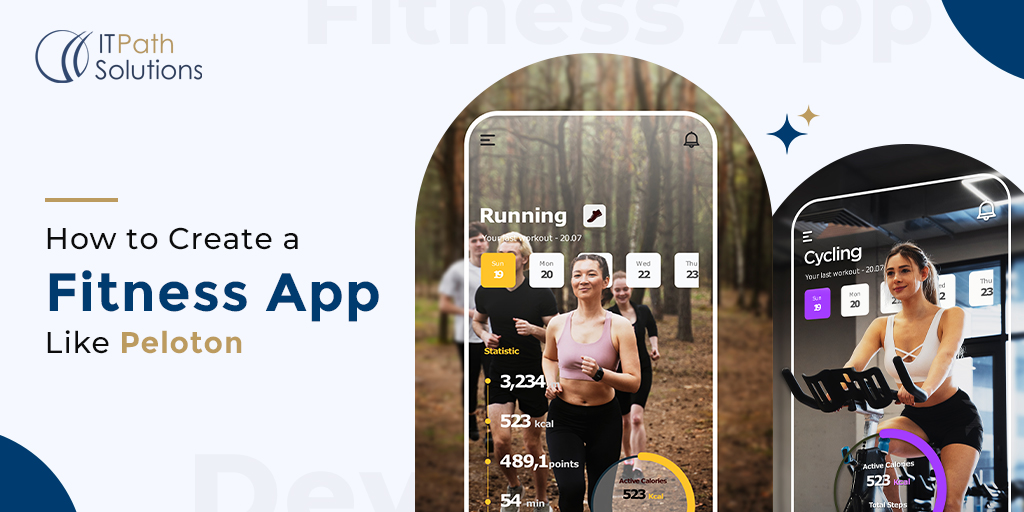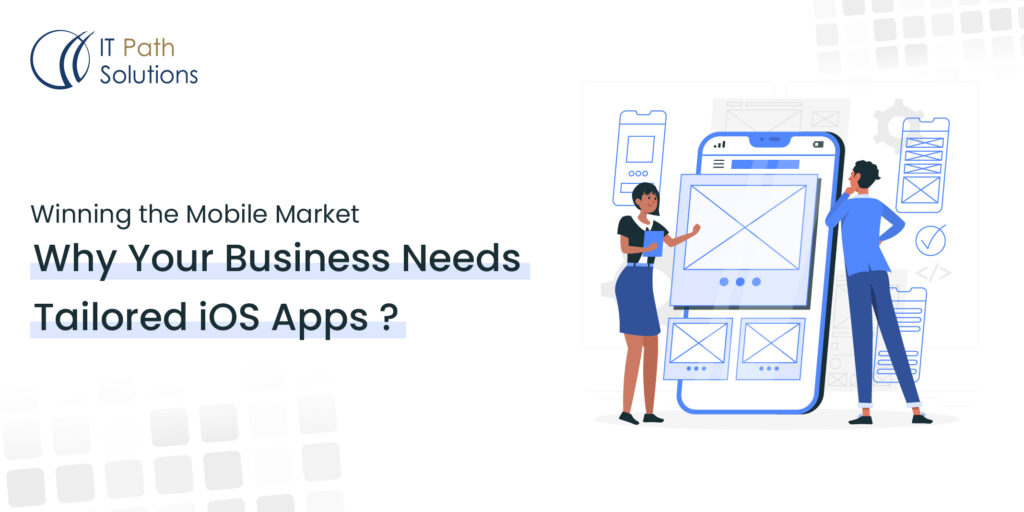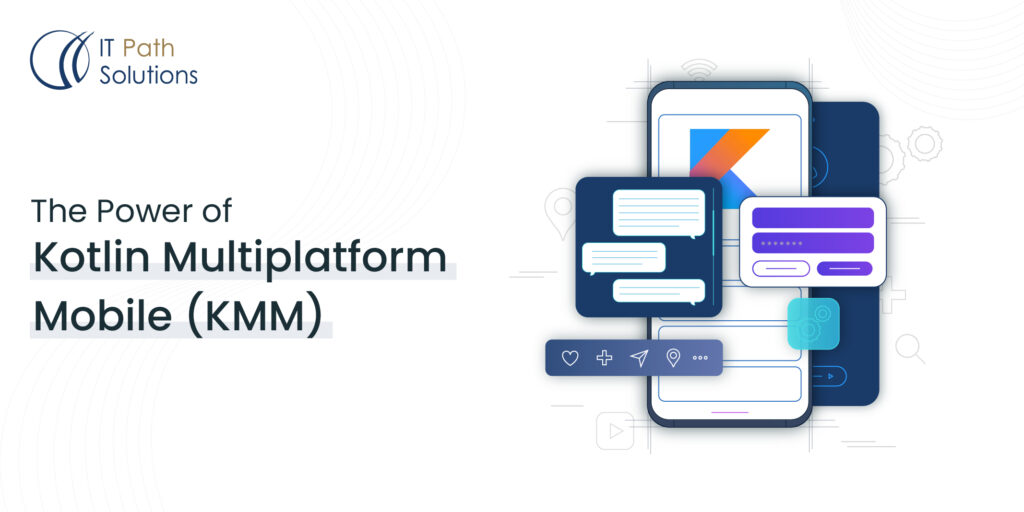Create A Custom Investment App Like AutoPilot in 2023
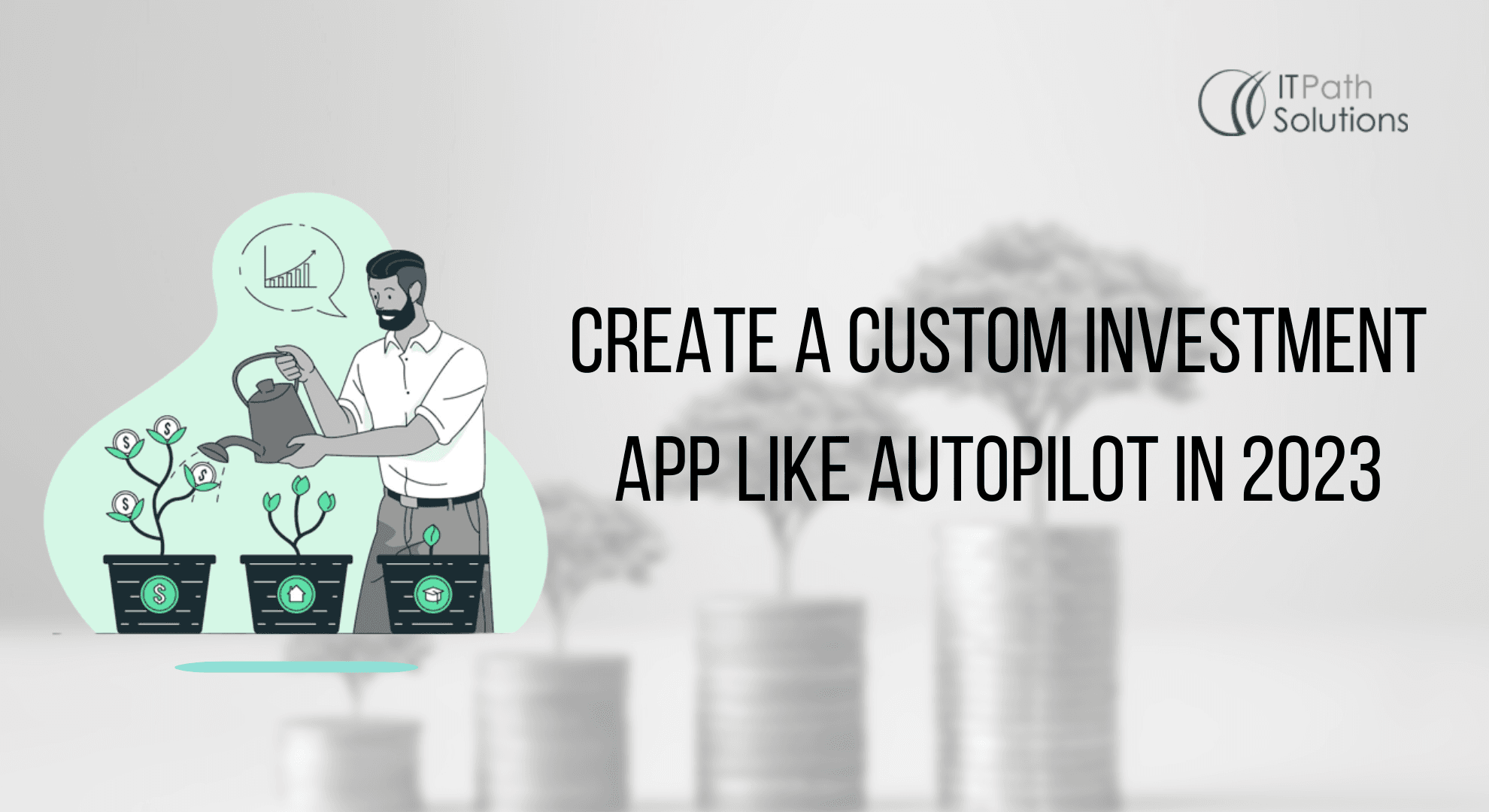
Introduction
A custom investment app is a software designed to help users manage their investments and make informed decisions. With the growing popularity of digital finance, a custom investment app has become a relevant tool for individuals and institutions to simplify the investment process and maximise their returns.
The purpose of the blog is to provide a step-by-step guide for developing a custom investment app, similar to AutoPilot, for the 2023 market. The target audience for this blog includes tech entrepreneurs, financial professionals, and anyone interested in investing and finance.
Brief overview of Autopilot investment App and its features
AutoPilot is a popular investment app that helps users automate their investments and manage their portfolios. It offers features such as investment goal setting, risk assessment, and portfolio management, making it an attractive option for both novice and experienced investors. The blog will provide a comprehensive overview of the features offered by AutoPilot, which will serve as a reference point for developing a custom investment app with similar functionalities.
Current State of Custom Investment Apps Development
Understanding the current investment app market is crucial for developing a custom investment app that meets the needs of users. This section should provide an in-depth analysis of the current market landscape, including a review of existing investment apps, their features, and their target audience. This analysis will help identify areas for improvement and determine the competition for the custom investment app.
After conducting a market analysis, it’s important to understand the needs and preferences of the target audience for the custom investment app. This section should provide insights into what users are looking for in an investment app, their pain points, and the features they find most important. This information can be gathered through surveys, focus groups, or interviews with existing or potential users.
Conducting market research is critical for determining the demand for a custom investment app and evaluating the potential for success. This section should provide a detailed analysis of the target audience, including their demographics, investment habits, and financial goals. The research should also examine market trends and forecast the potential demand for the custom investment app. This information will help guide the development process and ensure the app meets the needs of users and the market.
Defining the App’s Features and Functionality
The custom investment app should include features such as investment goal setting, portfolio management, risk assessment, and investment automation. The list should also consider the user needs and preferences identified in the previous section and aim to address the pain points of the target audience.
List of Key Features for a Custom Investment App Like Autopilot
Portfolio Management
Users can view and manage their investment portfolios in one place, including buying and selling stocks, monitoring performance, and rebalancing their portfolios.
Automated Investing
Autopilot’s key feature is the ability to automate investments based on user-defined criteria, such as a specific investment strategy or risk tolerance.
Investment Planning
Users can set investment goals and use the app to create a personalized investment plan to help reach those goals.
Risk Management
Users can monitor their portfolio’s risk and make adjustments to reduce risk if necessary.
Financial Planning
An investment app like Autopilot may also offer tools to help users plan for their financial future, such as retirement calculators and budgeting tools.
Real-time Market Data
Users can access real-time market data and news to stay informed about their investments and make informed investment decisions.
Tax Management
The app may also help users manage their taxes by tracking capital gains and losses, and providing guidance on tax-loss harvesting.
Diversification
The app may help users diversify their portfolios across different asset classes, sectors, and geographies to reduce risk.
Social Investing
Some investment apps allow users to follow and copy the portfolios of successful investors, and see how their investments are performing.
Mobile Access
Many investment apps offer mobile apps for iOS and Android, enabling users to access and manage their investments from anywhere, anytime.
Commission-free Trading
Some investment apps offer commission-free trading, which can help reduce the cost of investing.
Investment Research
The app may provide users with access to investment research, analysis, and market insights from leading financial institutions and experts.
Educational Resources
Investment apps may offer educational resources, such as articles, videos, and webinars, to help users improve their investment knowledge and skills.
Customer Support
Investment apps may offer various customer support options, such as email, phone, and live chat, to help users with any questions or issues they may have.
Goal Setting
Enable users to set financial goals, such as retirement, saving for a house, or education, and create investment strategies aligned with those goals.
Performance Tracking
Provide real-time performance tracking and reporting with interactive charts and graphs.
Personalized Recommendations
Use machine learning and AI to provide personalized investment recommendations.
Reporting and Statements
Generate and provide regular account statements and tax documents to users.
Tech Stack
The technology stack for an investment app like Autopilot might include the following components:
- Frontend: A frontend framework such as React or Angular could be used to build the user interface and interact with the user.
- Backend: A server-side language such as Python or Ruby could be used to build the backend, where data and business logic are processed.
- Database: A relational database such as PostgreSQL or MySQL could be used to store user and investment data.
- Cloud Infrastructure: A cloud platform such as Amazon Web Services (AWS) or Google Cloud Platform (GCP) could be used to host the app and store data.
- APIs: The app could use APIs from financial data providers, such as Yahoo Finance or Alpha Vantage, to retrieve real-time market data and news.
- Data Analytics: Tools such as Apache Spark or Hadoop could be used to process and analyze large amounts of financial data.
- Machine Learning: Machine learning algorithms such as decision trees or random forests could be used to automate investment decisions and provide personalized investment advice.
- Payment Gateway: A payment gateway such as Stripe or PayPal could be used to handle transactions and payments.
- Customer Support and Communication: For managing customer support tickets and communication tools such as as email, chat, or in-app messaging for user communication.
- Testing and Quality Assurance: Implement automated testing tools for functional, security, and performance testing.
This is a general list and the actual tech stack for an investment app like Autopilot could differ based on specific requirements and constraints.
Conclusion
In conclusion, an investment app like Autopilot can provide users with a convenient and user-friendly platform to manage their investments. With features such as portfolio management, automated investing, investment planning, and real-time market data, the app can help users achieve their financial goals and stay on top of their investments. The tech stack for such an app could include components such as frontend frameworks, server-side languages, databases, cloud infrastructure, APIs, data analytics, machine learning, and payment gateways. Overall, investment apps are a valuable tool for anyone looking to invest and grow their wealth.
 Healthcare
Healthcare  Education
Education  Real Estate
Real Estate  Logistic
Logistic  Themes
Themes
 Plugins
Plugins
 Patterns
Patterns
